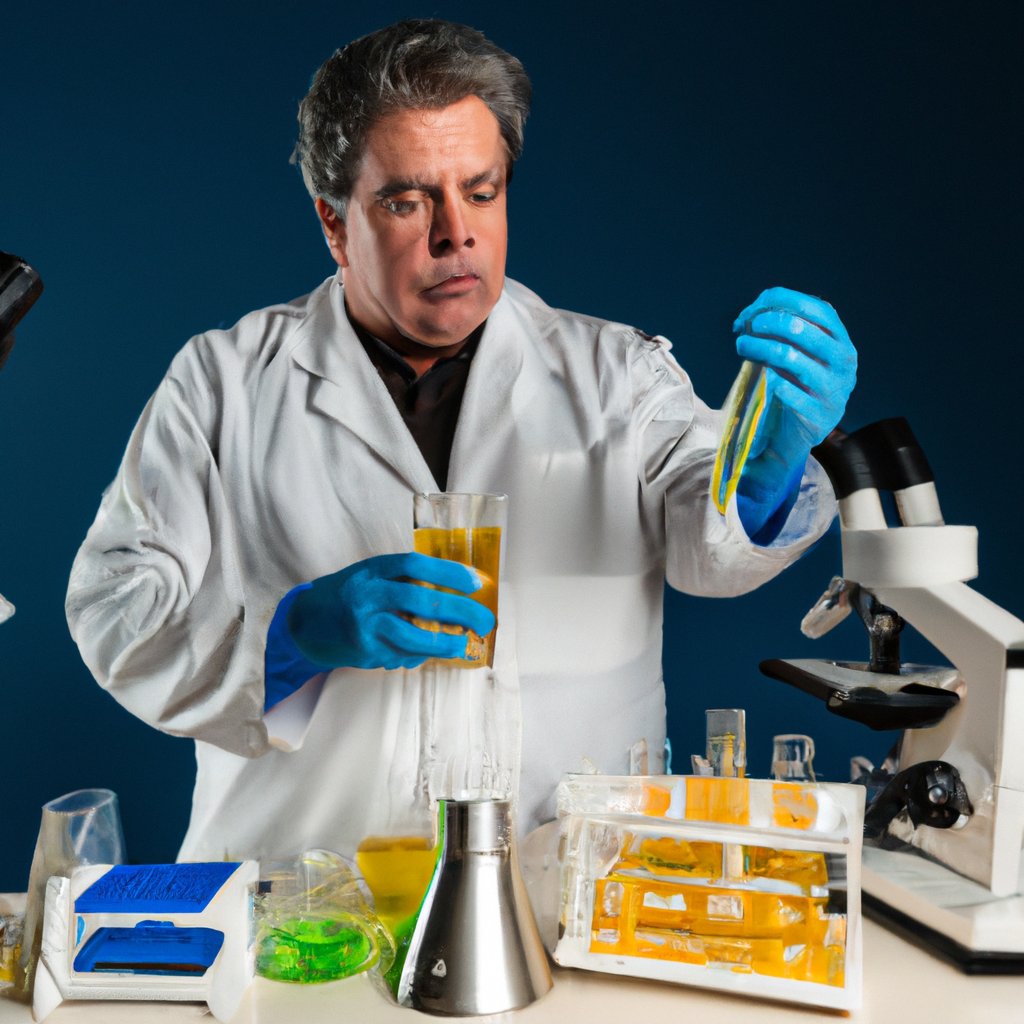
Barbecue, a beloved culinary tradition that brings people together, has long been a subject of debate when it comes to its impact on our health. In recent years, concerns have been raised about the potential cancer risks associated with the consumption of barbecued meats, particularly those cooked over an open flame or smoked. In this article, we aim to delve into the science behind BBQ and shed light on the truth behind smoke and cancer risks.
The Art of Barbecuing
Before we dive into the science, let’s first understand the art of barbecuing. Barbecue is a cooking method that involves slow-cooking meat at low temperatures over indirect heat. This slow and steady process results in tender, flavorful meat that is often accompanied by a smoky aroma and taste. The smoke is generated by the wood chips or charcoal used as a heat source, which adds depth and complexity to the flavor profile of the meat.
The Formation of Harmful Compounds
One of the main concerns surrounding BBQ is the formation of potentially harmful compounds during the cooking process. When meat is cooked at high temperatures, such as on a grill or in a smoker, several compounds can form, including polycyclic aromatic hydrocarbons (PAHs) and heterocyclic amines (HCAs). These compounds have been linked to an increased risk of cancer in some studies.
PAHs are formed when fat and juices from the meat drip onto the hot coals or grill grates, causing smoke to rise and coat the meat. HCAs, on the other hand, are produced when amino acids and creatine, naturally present in meat, react at high temperatures. Both PAHs and HCAs can be found in the charred or well-done portions of barbecued meat.
The Role of Smoke and Char
Smoke, a defining characteristic of barbecued meat, has been a subject of concern due to its potential carcinogenic properties. The smoke contains various compounds, including PAHs, that can adhere to the surface of the meat. However, it’s important to note that the levels of PAHs in smoked meats can vary depending on several factors, including the type of wood used, temperature, and cooking time.
Charred or well-done portions of meat, often considered the most flavorful, contain higher levels of PAHs and HCAs. These compounds are known to have carcinogenic properties and have been associated with an increased risk of certain types of cancer, such as colon, pancreatic, and prostate cancer. However, it’s essential to understand that the risk is not solely determined by the consumption of barbecued meat but is influenced by various factors, including an individual’s overall diet and lifestyle.
Minimizing the Risks
While the formation of harmful compounds during BBQ is a valid concern, there are several measures you can take to minimize the associated risks:
- Choose lean cuts of meat: Opting for lean cuts of meat can reduce the amount of fat that drips onto the heat source, thereby decreasing the formation of PAHs.
- Marinate your meat: Marinating meat before cooking has been shown to reduce the formation of HCAs. Ingredients like vinegar, citrus juices, and herbs can help inhibit the formation of these compounds.
- Precook your meat: Partially cooking meat before barbecuing can reduce the time it spends on the grill or in the smoker, thereby minimizing the formation of harmful compounds.
- Use indirect heat: Cooking meat over indirect heat, such as using a smoker or a grill with a lid, can help reduce the exposure of meat to direct flames and lower the production of harmful compounds.
- Clean the grill: Regularly cleaning the grill grates can prevent the buildup of charred residue, which can contain higher levels of PAHs.
- Opt for alternative cooking methods: If you’re concerned about the potential risks associated with BBQ, consider alternative cooking methods like baking, roasting, or steaming.
Conclusion
In conclusion, the science behind BBQ and its potential cancer risks is complex. While the formation of harmful compounds like PAHs and HCAs during the cooking process is a valid concern, it’s important to remember that the risk is not solely determined by the consumption of barbecued meat. Factors such as overall diet, lifestyle, and individual susceptibility play significant roles.
By following certain measures to minimize the formation of harmful compounds, such as choosing lean cuts of meat, marinating, precooking, and using indirect heat, you can enjoy the flavors of BBQ while reducing potential risks. As with any aspect of our diet, moderation and a balanced approach are key. So fire up the grill, invite your loved ones, and savor the deliciousness of BBQ while being mindful of the cooking methods and choices you make.

